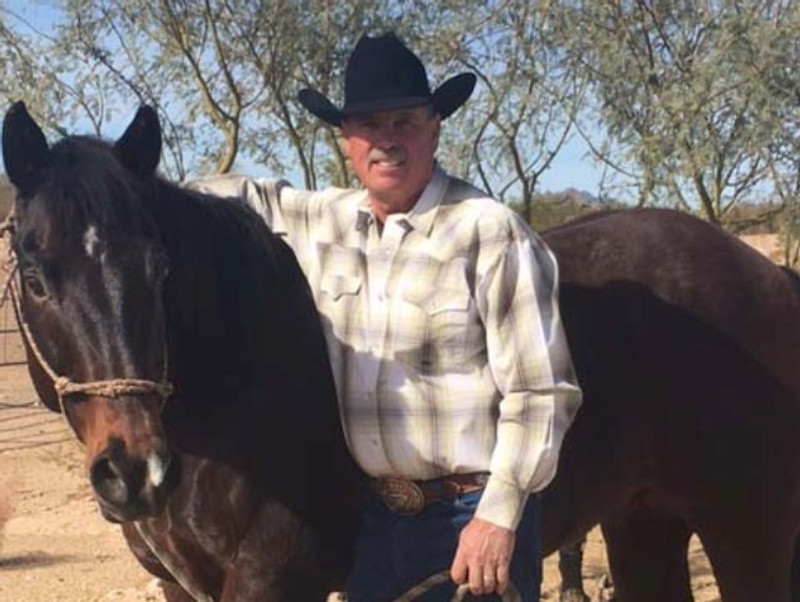1. A horse has a slip, a fall, or a wreck.
In a situation where a horse becomes off balance or pulls with force, the possibility for injury exists. While in some situations, lameness becomes apparent immediately; other situations will arise in which the damage is not initially apparent. Deep tissue trauma and nerve issues can take up to three weeks to surface.
Mike McLean , a horse chiropractor of 30 years, explains from Wickenburg, Arizona, “Sometimes I have owners come to me, and they do not realize that the bad fall their horse took, six months ago, is why their horse is not working, now.” When a chiropractor sees a horse immediately after the initial incident, the deep tissue or nerve injury is much easier to fix. Over time, muscles begin to tighten and restrict correct movement, and, makes getting back into balance a timelier process.
2. A horse is stiff in one direction.
While one direction may come to a horse more naturally than another, no major difference between the two should actually exist. Horses can have minor incidents at any age that do not cause noticeable lameness, initially, but can show up as stiffness when a rider asks for leads while training.
Building strength evenly on both sides is crucial in the training process. Flexing each direction, trotting small circles, and general training should help build a horse’s coordination on both sides. If the training process continues, and a horse is still having difficulty catching one lead, it is time to get the horse adjusted. Consulting a chiropractor can help shed light on an underlying issue that could be causing a horse discomfort in a certain direction. Mike recommends adding magnesium to a horse’s diet to help support muscles, nerves, and immune system. A healthy, balanced horse is much easier to ride and train.
Horses that have experienced muscle loss or struggle to build a proper top line after being put into training can benefit from MVP’s In-Sync. Key ingredients like magnesium, vitamin E, and lysine may also help ease occasional muscle discomfort stemming from strenuous exercise.
3. A horse is not working off the hind end.
The main strength of a horse comes from its hind end. When a horse stops using its rear correctly, its stop will become rough. Once a horse suffers from hind end or back soreness, it will begin to work off of its front end. This will prevent a horse from powering out of turns. A vet may be able to inject a horse and make it more comfortable, but a chance exists that the horse will become sore, again, in just a month or so.
Adding an adjustment into the mix can help a horse’s injections last longer. If a horse is balanced, it will use each leg evenly. When a horse starts to compensate, it will put added strain on another part of its body. Added strain puts a horse at risk for additional injury. “A chiropractor’s goal is to help keep your horse firing on all four ‘cylinders,’ using each body part the way it was meant to be used,” says Mike McLean .
Sometimes, the stomach can also cause a horse to become uncomfortable in stops and turns. McLean believes if a horse has become irritable saddling, grinds its teeth and/or has continued back soreness, the horse could be suffering from stomach upset. After seeing the positive results in his own horses, McLean says, “I recommend Gastro-Plex for competing horses that may benefit from added gastric support.”
Gastro-plex pellets provide horses with two-way support. Gastro-plex supports healthy digestive function with antioxidants, probiotics, herbals, and also contains Levucell®SC a powerful yeastthat has been clinically researched to help reduce the risk of colic/digestive disorders.
It takes a team to help a horse win. A sound horse is a product of proper shoeing, good nutrition/supplements, an experienced chiropractor, and a skillful vet. Chiropractic maintenance at least four times a year can help a horse stay at the top of its game and correct any issues before they become major problems.


